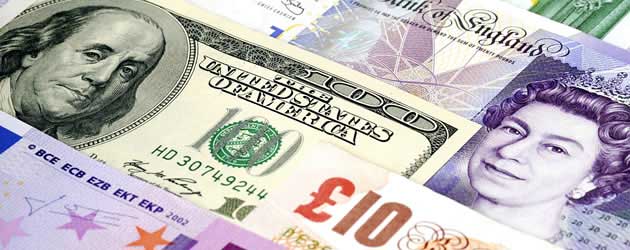The exchange rate between the US Dollar (USD) and the British Pound Sterling (GBP) is a crucial aspect of the global financial landscape. Investors, businesses, and individuals closely monitor these exchange rates as they impact international trade, investment decisions, and the purchasing power of currencies. In this article, we will delve into the factors influencing the USD to Pound exchange rates, historical trends, and the broader economic implications of these fluctuations.
Historical Overview:
To comprehend the current state of USD to Pound exchange rates, it’s essential to glance at historical trends. Over the past few decades, these rates have experienced significant fluctuations influenced by various economic, political, and social factors. The USD and Pound have often been viewed as stable currencies, but their values are subject to change based on the intricate interplay of global events.
Factors Influencing Exchange Rates:
- Interest Rates: Central banks play a pivotal role in determining interest rates, which directly affect exchange rates. Higher interest rates in a country tend to attract foreign capital seeking better returns, leading to an appreciation of the local currency. Consequently, changes in the interest rates set by the US Federal Reserve and the Bank of England can impact the USD to Pound exchange rates.
- Economic Indicators: Key economic indicators such as GDP growth, employment rates, and manufacturing output significantly influence exchange rates. A robust economy generally attracts foreign investment, boosting the value of the local currency. Investors keenly analyze economic data releases from both the United States and the United Kingdom to anticipate potential currency movements.
- Political Stability: Political stability is a critical factor affecting investor confidence and currency values. A politically stable environment enhances trust in a currency, attracting foreign investment. Periods of political uncertainty, on the other hand, may lead to currency depreciation as investors seek safer assets.
- Trade Balances: The trade balance between two countries can impact their currencies. If a country consistently exports more than it imports, there is likely to be high demand for its currency, leading to appreciation. Conversely, trade deficits can lead to currency depreciation.
- Inflation Rates: Disparities in inflation rates between two countries can influence their exchange rates. Generally, lower inflation rates in a country result in an appreciation of its currency. Central banks use monetary policy tools to control inflation, affecting the value of the USD and Pound.
- Market Sentiment: The foreign exchange market is greatly influenced by investor sentiment and perceptions. News, geopolitical events, and global economic conditions can create volatility, impacting currency values. Traders closely monitor market sentiment to make informed decisions regarding currency trading.
Current Market Dynamics:
As of the latest market data, the USD to Pound exchange rate stands at [current exchange rate]. The following factors are currently influencing the market dynamics:
- Interest Rate Divergence: The divergence in interest rate policies between the US Federal Reserve and the Bank of England is a key driver. Any indications of future interest rate hikes or cuts can trigger significant movements in the exchange rate.
- Global Economic Recovery: The post-pandemic global economic recovery is impacting currency values. The pace and sustainability of economic growth in the US and the UK play a crucial role in determining the strength of the USD and Pound.
- Brexit Aftermath: The consequences of the UK’s exit from the European Union, commonly known as Brexit, continue to influence market sentiment. Trade agreements, regulatory changes, and economic policies adopted by the UK contribute to currency fluctuations.
- Inflation Concerns: Both the US and the UK are monitoring inflation closely. Any signs of rising inflation can prompt central banks to adjust interest rates, influencing the exchange rate.
Conclusion:
The USD to Pound exchange rate is a dynamic metric shaped by a myriad of factors. Investors and businesses must stay abreast of economic indicators, political developments, and global events to navigate the currency market successfully. While historical trends provide insights, the current landscape is constantly evolving, requiring a comprehensive understanding of the interconnected factors influencing exchange rates. As the global economy continues to evolve, the USD to Pound exchange rate will remain a focal point for financial analysts and market participants alike.

